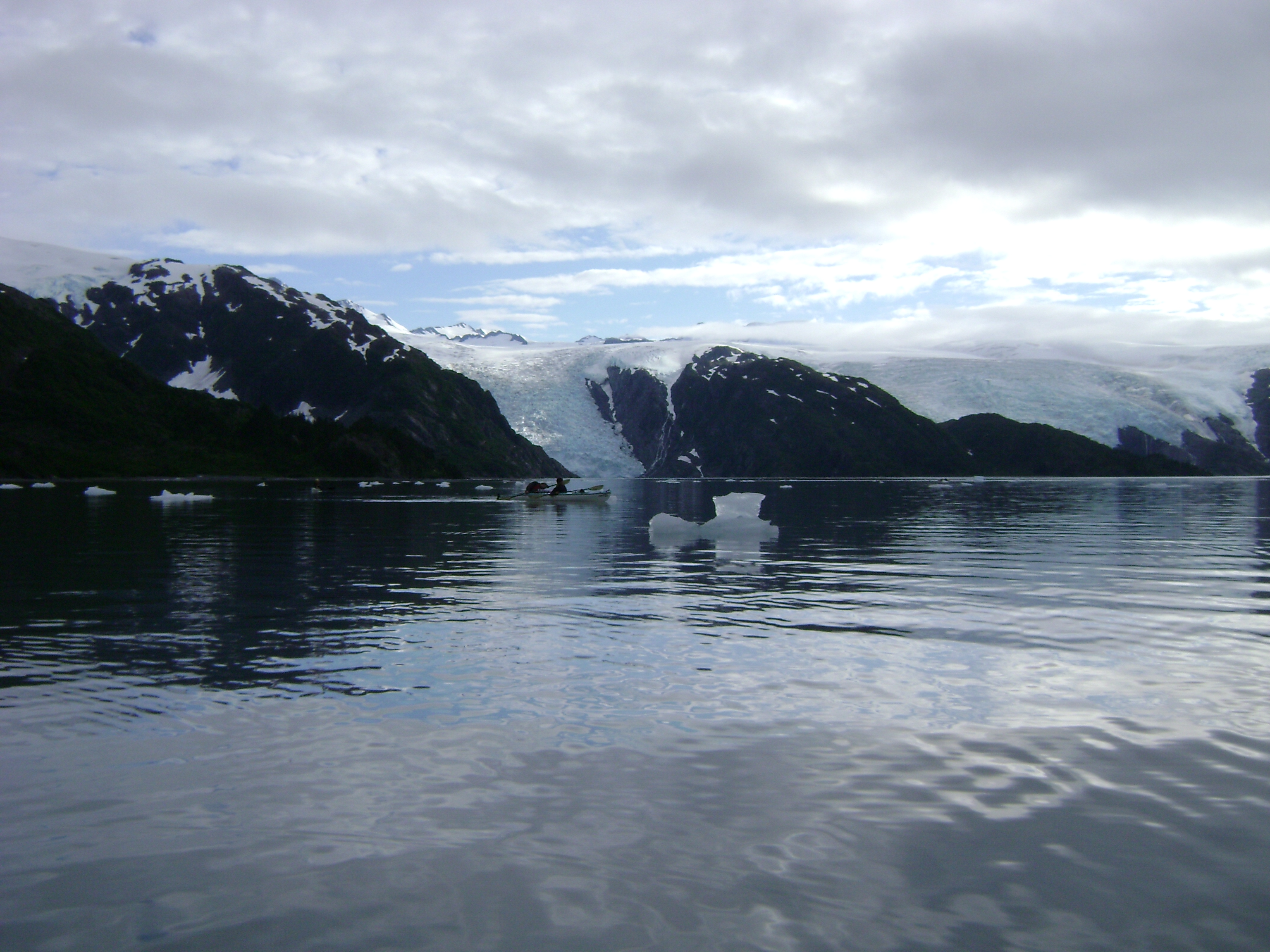Our Holographic Universe –A New Theory of Space-Time (2013 Most Popular)
Researchers at the University of Southampton have taken a significant step in a project to unravel the secrets of the structure of our Universe. One of the main recent advances in theoretical physics is the holographic principle. According to this idea, our Universe may be thought of as a hologram and we would like to understand how to formulate the laws of physics for such a holographic Universe.
A paper released June 2013 by Professor Skenderis and Dr Marco Caldarelli from the University of Southampton, Dr Joan Camps from the University of Cambridge and Dr Blaise Goutéraux from the Nordic Institute for Theoretical Physics, Sweden published in Physical Review D, makes connections between negatively curved space-time and flat space-time.
The paper AdS/Ricci-flat correspondence and the Gregory-Laflamme instability specifically explains what is known as the Gregory Laflamme instability, where certain types of black holes break up into smaller black holes when disturbed – rather like a thin stream of water breaking into little droplets when you touch it with your finger. This black hole phenomenon has previously been shown to exist through computer simulations and this work provides a deeper theoretical explanation.
Space-time is usually understood to describe space existing in three dimensions, with time playing the role of a fourth dimension and all four coming together to form a continuum, or a state in which the four elements can’t be distinguished from each other.
Flat space-time and negative space-time describe an environment in which the Universe is non-compact, with space extending infinitely, forever in time, in any direction. The gravitational forces, such as the ones produced by a star, are best described by flat-space time. Negatively curved space-time describes a Universe filled with negative vacuum energy. The mathematics of holography is best understood for negatively curved space-times.
Professor Skenderis has developed a mathematic model which finds striking similarities between flat space-time and negatively curved space-time, with the latter however formulated in a negative number of dimensions, beyond our realm of physical perception.




